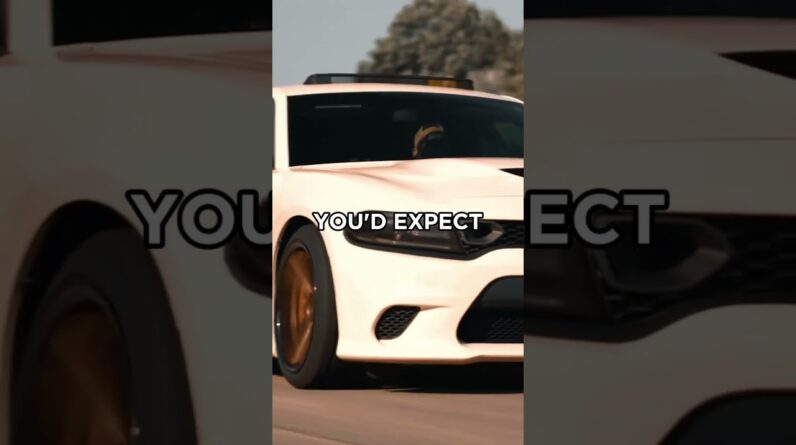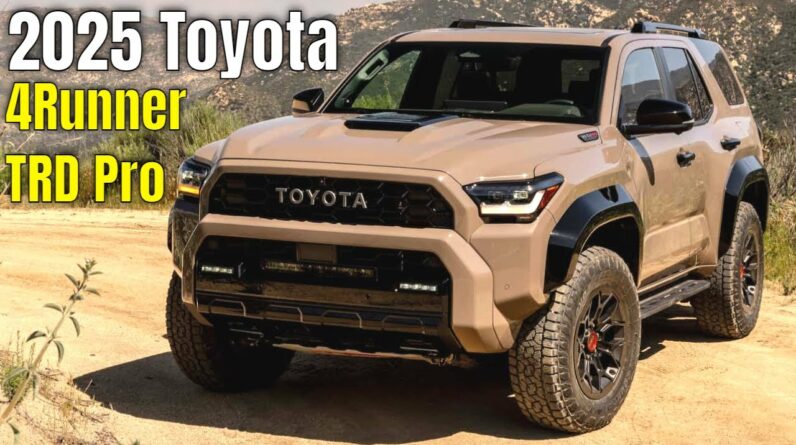About 50 years ago, Porsche began the development of the 911 Carrera RS 2.7. “The 911 Carrera RS 2.7 was intended as a homologation special. It was to be a very light, fast sports car,” recalls Peter Falk, who was then the Head of Testing for series production cars at Porsche. Even though the model variant was based on the 911, it ended up becoming a new base vehicle for racing and rallying that featured many technical innovations. The most powerful model of the first generation of the 911 was the first 911 to be christened ‘Carrera’ – the crowning glory of the Porsche range. Weight, aerodynamics, the engine and chassis were all worked on intensively. Around 15 engineers drove the development of the car from May 1972, among them Tilman Brodbeck and Hermann Burst, as well as production staff.
Surprising success
Porsche initially planned to build 500 examples in order to homologate the 911 Carrera RS 2.7 for Group 4 racing regulations for Special GT cars. It became a road-approved vehicle for customers who also wanted to participate in racing events. On 5 October 1972, the new model was presented at the Paris Motor Show, which was held at the Porte de Versailles. By the end of that November, all 500 vehicles had sold. Porsche was surprised by the car’s success, and was able to triple the sales figures by July 1973. A total of 1,580 units were built and, once the 1,000th vehicle had been made, the Porsche 911 Carrera RS 2.7 was homologated for Group 3 as well as Group 4. The optional M471 equipment package led to Porsche building 200 lightweight ‘Sport’ versions of the car. A further 55 examples of the racing version, 17 base vehicles, and 1,308 touring versions (M472) were built.
The interior of the lightweight 911 Carrera RS 2.7 (M471) was pared back to the essentials, according to the customer’s requirements and the production date. Among other things, the rear seats, carpets, clock, coat hooks and armrests were omitted. Upon request from the customer, two lightweight seat shells replaced the heavier sports seats. Even the windows were made of lightweight thin glass and the Porsche crest on the bonnet was initially glued on. Compared to the ‘Touring’ equipment package (M472), the ‘Sport’ weighed 115 kilograms less, with a kerb weight of 960 kg. It was priced at 34,000 Deutschmarks. The Sport package (M471) cost 700 Deutschmarks, while the Touring package (M472) was 2,500 Deutschmarks. As a car purely for racing, the 911 Carrera RSR (M491) was developed by Porsche with a greater engine displacement, among other modifications. Unlike the other variants, this car was uncompromisingly designed for use in motorsport. The equipment package that was chosen therefore defined the respective version of the 911 Carrera RS 2.7.
The newly developed 2.7-litre flat-six fuel-injected engine developed by Hans Mezger and Valentin Schäffer produced a powerful 210 PS at 6,300 rpm in the 911 Carrera RS 2.7 and developed 255 Nm of torque at 5,100 rpm. The increased displacement over the regular 911 engine was made possible in part by a thin Nikasil coating on the cylinders. To maintain the car’s everyday usability, the compression ratio, timing and valve diameter remained identical to the specifications of the 2.4-litre engine. In the sports version, the power enabled the car to accelerate from 0 to 100 km/h in 5.8 seconds, making the 911 Carrera RS 2.7 the first production car to break the six-second mark set by German car magazine ‘auto, motor und sport’. The top speed exceeded the 245 km/h mark. (Touring 6.3 seconds, 240 km/h). The RS 2.7 became the ideal synthesis between weight, performance, aerodynamics and handling.
Get More Great Car Videos – Subscribe: https://goo.gl/BSIaFc







